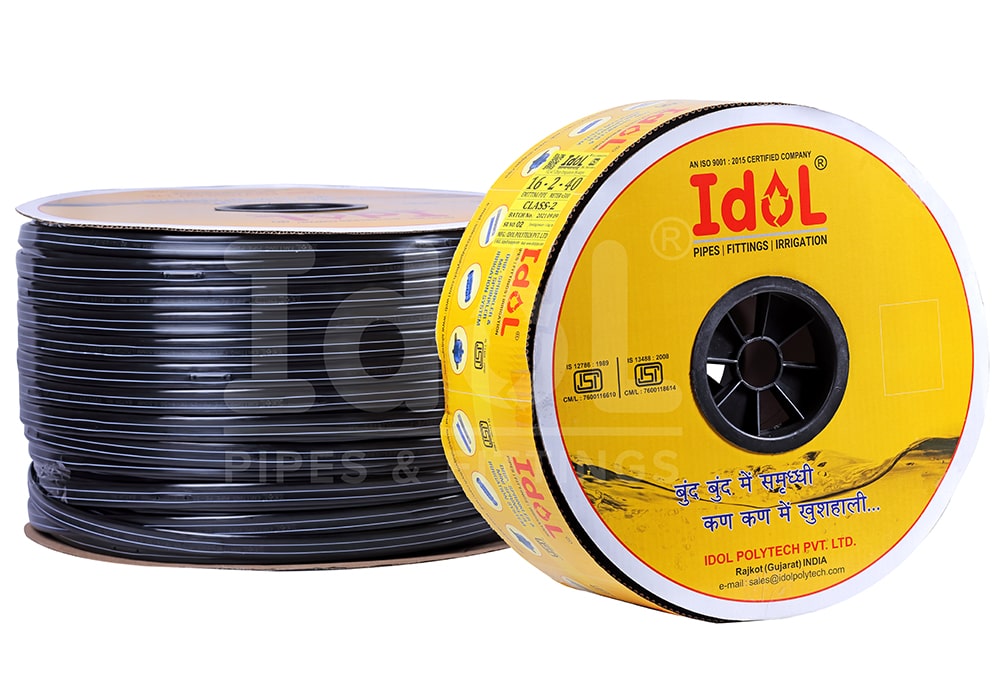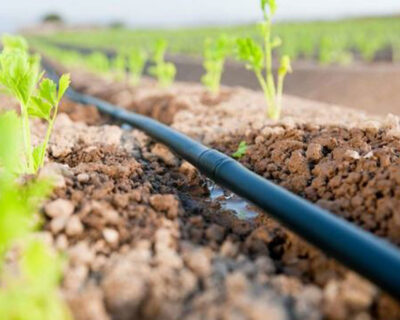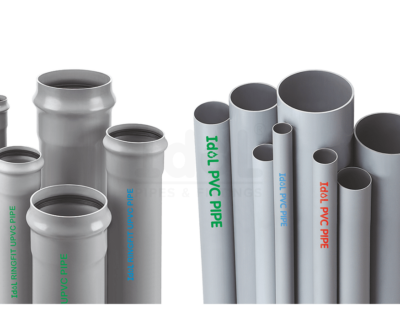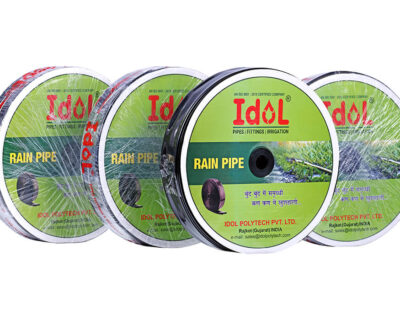Updates

Maximizing Crop Yields with Drip Irrigation: The Ultimate Guide by Idol Polytech Pvt. Ltd.
Introduction:
Welcome to Idol Polytech Pvt. Ltd.’s comprehensive guide on drip irrigation systems. In this blog post, we will explore the various benefits, components, and installation process of drip irrigation systems, highlighting how this technology can revolutionize agricultural practices. Whether you are a small-scale farmer or a large-scale agricultural enterprise, implementing a drip irrigation system can significantly enhance your crop yields and conserve water resources.
Section 1: Understanding Drip Irrigation
1.1 What is Drip Irrigation?
- Define drip irrigation and its basic principle.
- Highlight how it differs from traditional irrigation methods (e.g., sprinkler or flood irrigation).
- Mention the key advantages of drip irrigation: water efficiency, precise nutrient delivery, reduced weed growth, and minimized soil erosion.
1.2 How Drip Irrigation Works
- Explain the working mechanism of drip irrigation systems, including main components (drip lines, emitters, filters, valves, etc.).
- Discuss the various types of emitters available (such as pressure-compensating and self-cleaning) and their benefits.
- Describe the role of filters in preventing clogging and maintaining system performance.
Section 2: Benefits of Drip Irrigation Systems
2.1 Water Conservation
- Elaborate on the significant water savings achieved through drip irrigation compared to conventional methods.
- Discuss the ability to precisely control water application to each plant’s root zone, minimizing water waste due to evaporation or runoff.
2.2 Enhanced Crop Health and Yield
- Emphasize how drip irrigation ensures uniform moisture distribution, reducing plant stress and enhancing overall crop health.
- Explain how controlled application of fertilizers and pesticides through the system improves nutrient uptake and reduces the risk of foliar diseases.
2.3 Weed and Soil Erosion Control
- Describe how localized water application in drip irrigation reduces weed growth by depriving them of moisture.
- Discuss how drip irrigation minimizes soil erosion by delivering water directly to the plant roots without excessive surface runoff.
2.4 Energy and Labor Efficiency
- Highlight the energy efficiency of drip irrigation systems, which require lower pressure and pump requirements compared to other irrigation methods.
- Explain how reduced labor inputs are required for system operation, as the automation and precision of drip irrigation minimize the need for manual intervention.
Section 3: Installing a Drip Irrigation System
3.1 Planning and Design
- Guide readers on assessing their specific crop and field requirements before designing a drip irrigation system.
- Discuss factors to consider, such as crop type, soil conditions, topography, and water availability.
3.2 System Components and Layout
- Detail the essential components required for a drip irrigation system (pipes, fittings, emitters, filters, valves, etc.).
- Provide tips on selecting the appropriate materials, considering durability, UV resistance, and compatibility with water quality.
3.3 Installation Steps
- Outline the step-by-step process of installing a drip irrigation system, including site preparation, pipe layout, emitter installation, and connecting to a water source.
- Offer guidance on system testing and maintenance procedures.
Conclusion:
In conclusion, implementing a drip irrigation system from Idol Polytech Pvt. Ltd. can revolutionize your agricultural practices by enhancing water efficiency, promoting crop health, and maximizing yields. The precision and control offered by drip irrigation systems make them an ideal choice for farmers seeking sustainable and productive farming methods. Invest in drip irrigation today and witness the positive impact on your crop production and environmental sustainability.




